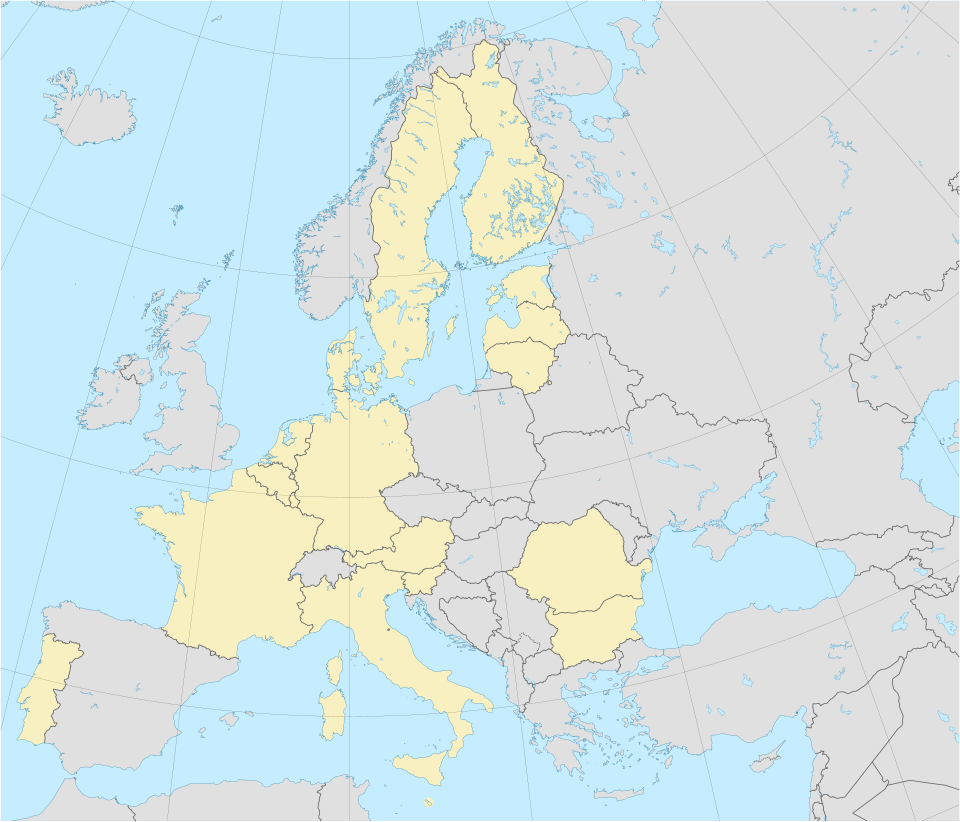UPC Court of Appeal Clarifies Jurisdiction Over Patent Infringements

The Court of Appeal of the Unified Patent Court (UPC) delivered a significant ruling on July 18, 2025, confirming its jurisdiction over European patent infringement actions, regardless of whether the alleged infringements occurred before or after the UPC Agreement's entry into force on June 1, 2023. This decision has far-reaching implications for patent holders and businesses operating in Europe, effectively clarifying the temporal scope of the UPC's jurisdiction.
The ruling stems from a case involving Esko-Graphics (ESKO), the proprietor of European Patent EP 3742231, which relates to a method of curing photo-curable printing plates. Initially, in May 2023, ESKO opted out of the UPC's exclusive jurisdiction before the UPC Agreement took effect. However, in August 2024, ESKO withdrew the opt-out and initiated infringement proceedings against Xsys Italia, asserting that infringing acts had occurred both before and after the UPC Agreement's commencement, as well as during the opt-out period.
Xsys challenged the UPC's jurisdiction, positing that the UPC Agreement should not apply retroactively and that the opt-out and its subsequent withdrawal should only have prospective effects. However, the Munich Local Division dismissed this challenge, prompting Xsys to appeal the decision.
In its ruling, the UPC Court of Appeal emphasized that Article 32(1) of the UPC Agreement does not impose any temporal limitations on the court's jurisdiction. This interpretation aligns with the UPC's overarching goal of establishing a harmonized and unified patent litigation framework, minimizing market fragmentation across Europe. The court's reasoning is consistent with its earlier decision in the case of Fives v. Reel, reinforcing the UPC's jurisdictional authority.
The ruling also highlighted the transitional regime established by the UPC Agreement, which allows for concurrent jurisdiction between the UPC and national courts during the initial seven-year period following the Agreement's implementation. This concurrent jurisdiction does not restrict the UPC's authority over the subject matter or the timeline of alleged infringements.
One of the pivotal aspects of the Court's decision pertains to the implications of opting out and subsequently withdrawing from the UPC's jurisdiction. Once a patent holder opts out and later rescinds that opt-out, the UPC regains full jurisdiction over the patent, including for acts that transpired before the UPC Agreement's effective date and during the opt-out period. This mechanism aims to avoid fragmentation within the European patent system and supports the UPC's goal of harmonization.
The Court of Appeal further clarified that it would not refer any questions to the Court of Justice of the European Union (CJEU), as it determined that the outcome of the case would remain unchanged, even under a favorable interpretation of international law principles for the appellant.
The decision carries significant implications for businesses across Europe. As stated by Beverley Potts, Senior Knowledge Lawyer at A&O Shearman, "This ruling reinforces the UPC as a central forum for resolving European patent disputes, providing clarity and certainty for patent holders. The transitional period offers a choice of forum without limiting the UPC's jurisdictional scope."
The ruling encourages businesses to proactively manage their patent rights. Companies should reassess their patent portfolios and litigation strategies in light of this decision, particularly in relation to opt-outs and the timing of enforcement actions. The UPC's role as a key player in European patent litigation is now more firmly established, promising a more cohesive legal landscape for intellectual property in Europe.
In conclusion, the UPC Court of Appeal's ruling represents a pivotal moment for patent litigation in Europe, aligning with the UPC's goals of harmonization and efficiency in resolving patent disputes. As businesses navigate this evolving legal framework, they must remain vigilant and informed to optimize their patent strategies in a competitive and increasingly complex market.
Advertisement
Tags
Advertisement





